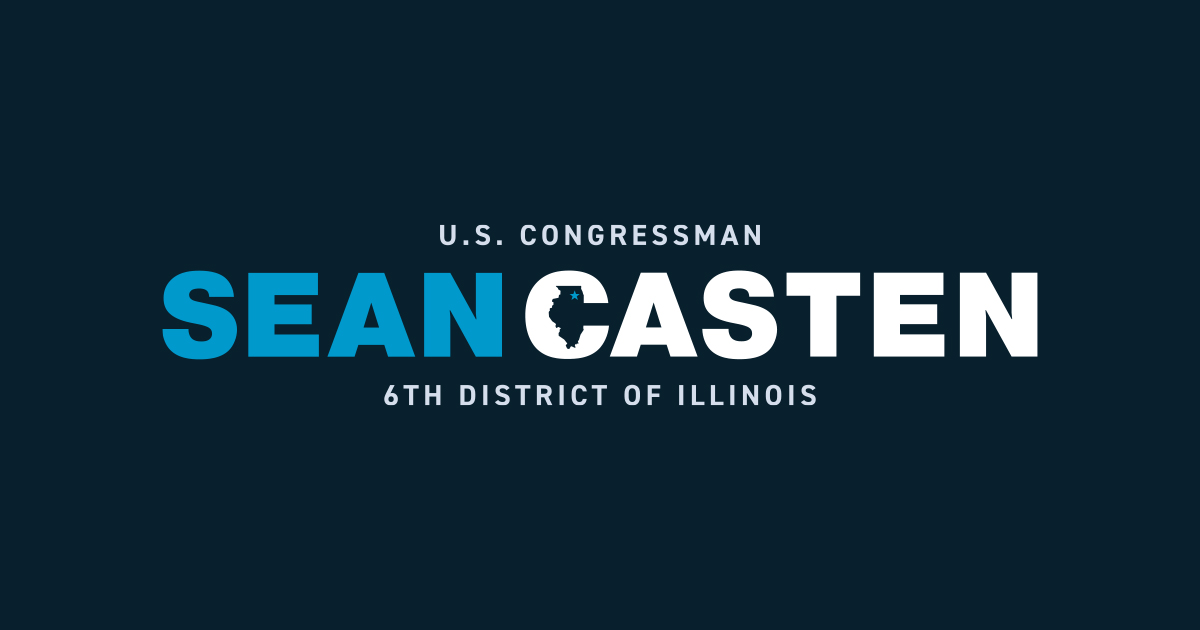I don't know what the chances are of these bills passing, but I like the sound of it:


Casten Introduces Legislation to Increase Size of House and Senate, Change SCOTUS’ Jurisdiction | U.S. Congressman Sean Casten
The Official U.S. Congressional website of Congressman Sean Casten
casten.house.gov
“The fundamental promise of our democracy is to fulfill the will of the people,” said Rep. Sean Casten. “In recent years, we have failed to meet that promise. There is a growing list of issues – from climate action to gun control to healthcare to voting rights – where the federal government has consistently ignored the priorities of the majority of Americans. This failure not only breeds cynicism but ultimately risks the very survival of our government. We must act against the counter-majoritarian institutions of our political system and seek to reestablish the government as a stalwart for the people.
“The Equal Voices Act will increase the size of the House to be in line with the growing population of the United States. Not only will this bill create smaller districts to allow Members to be more responsive to the needs of their constituents, it will also rebalance inflated representation between districts, and allow for greater diversity that is more representative of our great nation. On top of that, it will grow and equalize the Electoral College, better aligning outcomes with the national popular vote.
- This bill directs that after the first census following enactment, the size of the House be equal to the total US population divided by the population of the smallest state and rounded to the nearest odd whole number.
- This would bring the size of House districts in line with US population growth since the last expansion of the House in 1911 and reduce disparities in district size across states.
- If this method of apportionment had been implemented after the 2020 census, a congressional district would have added 138 new members in the 2022 election, growing to 573 total seats, and the average district size would have been 585,516, roughly the population of Wyoming.
- By increasing the size of the House, this would also expand and rebalance the Electoral College, bringing outcomes more in line with the popular vote.
- This is a constitutional amendment to establish 12 at-large senators to be elected through a nationwide system of ranked choice voting.
- All voters eligible to vote in presidential elections will be eligible to vote for these senators.
- This would also establish 12 at-large Electors who shall cast their votes in the Electoral College for the winner of the national popular vote.
- Restructures the jurisdiction of the Supreme Court of the United State to align with Article III of the Constitution
- Allows for any party to appeal to the U.S. Court of Appeals for the District of Columbia to be heard and determined by a district court of three-judges.
- Creates a 13-judge multi-circuit panel to hear cases that the United States or a Federal agency is a party, cases concerning constitutional or statutory interpretation of Federal law, or cases clarifying the functions or actions of an executive order.
- This panel will consist of 1 judge randomly selected from each circuit court of appeals (minus the federal circuit) and 1 chief judge randomly selected from the same circuit courts of appeals.
- Each judge of the multi-circuit panel shall serve during the period beginning at 10amET on the first Monday in October and ending at 9:59amET on the first Monday in October of the following year.
- A supermajority of not less than 70% of judges shall be required to affirm any decision which holds that any Act of Congress is unconstitutional, unlawful, or otherwise invalid.
- Actions before a court of the United States seeking injunctive relief restraining the enforcement of any Federal statute, regulation or order against a nonparty will be transferred to the U.S. Court of Appeals of the District of Columbia Circuit.
- The Courts shall have the power to consolidate several cases concerning the same matter.
- The SCOTUS, U.S. Court of Appeals for the D.C. Circuit, and Multi-circuit panel will have to issue a written explanation supporting decisions which shall be published on the respective websites and must be signed by the judge or judges.

